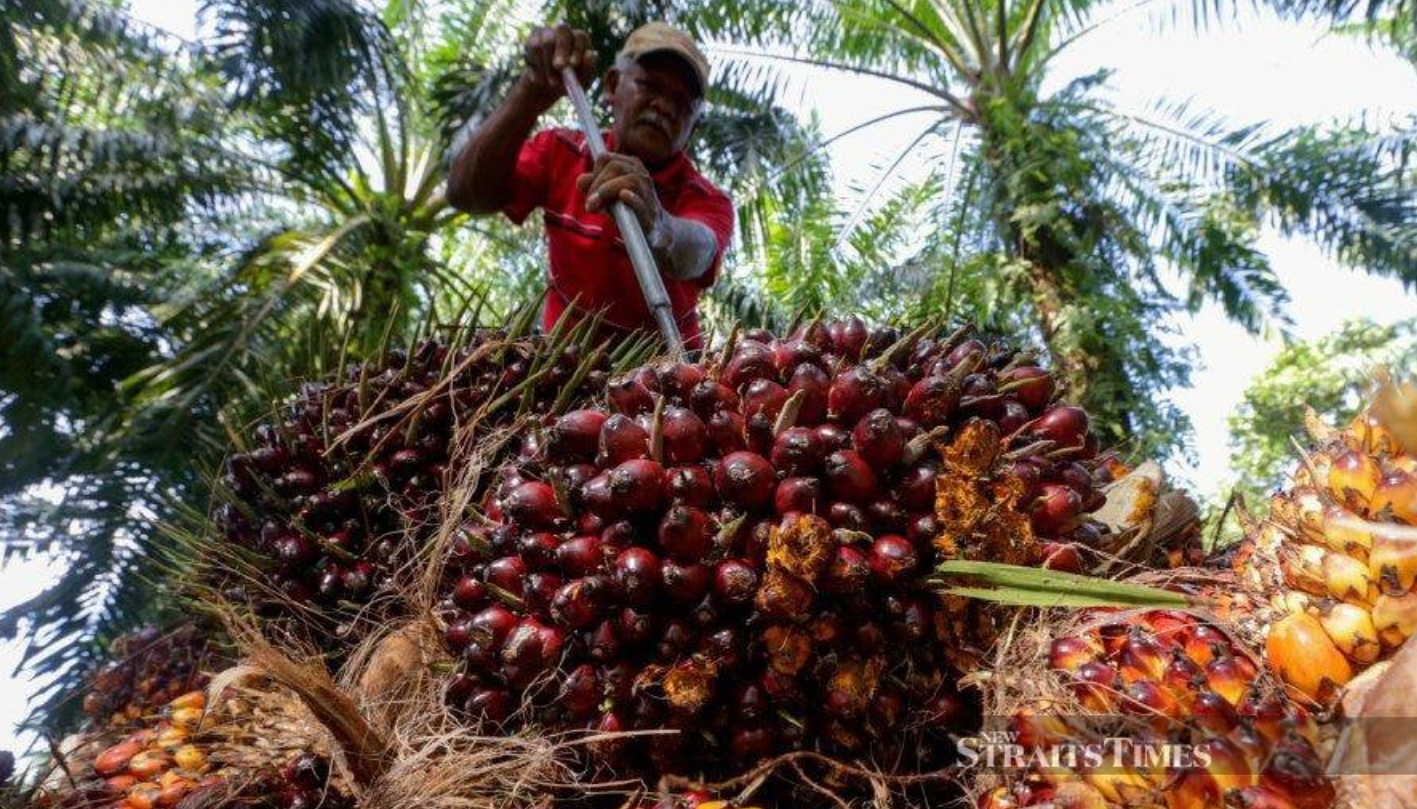This impact story was originally published by the New Straits Times here.
KOTA KINABALU: The Sabah Jurisdictional Approach for Sustainable Palm Oil (JASPO) Initiative has come up with new indicators for sustainable palm oil development during a workshop at a hotel here recently.
The Monitoring and Evaluation Working Group (MEWG) had begun collaboratively developing indicators for those measures since February last year.
The workshop was attended by members from Sawit Kinabalu, WWF-Malaysia, Plantation and Commodities Ministry, MalaysianPalm Oil Certification Council (MPOCC), Sabah Forestry Department, and the Sabah JASPO Secretariat.
The system is to objectively measure people, planet and prosperity of Sabah in relation to palm oil.
Those indicators are crucial in steering JASPO to achieve jurisdictional certification for Sabah using Roundtable in Sustainable Palm Oil (RSPO) – the most recognised sustainability certification in the world.
It also supports the strongly enforced nationwide regulation for all growers to be Malaysian Sustainable Palm Oil (MSPO) certified.
MEWG co-chairperson and Sawit Kinabalu Sustainability general manager Nazlan Mohamad said they had dedicated months of rigorous collaboration to recommend a comprehensive system that will serve as a benchmark for measuring Sabah’s performance as sustainable palm oil producers in this region.
Meanwhile, another co-chairperson and WWF-Malaysia Forest Area manager Elyrice Alim said the vision is to then develop a streamlined process of reporting and evaluating the results of the assessments.
“It is as part of a reporting requirements for JA certification audits, and Sustainable Development Goal (SDG) reporting by the State. This feat requires broad support from more stakeholders to set this (system) up.
“We welcome collaboration as we begin assessing our baseline status this year to show where we are currently.
“After that, we can then monitor progress of the jurisdictional approach in Sabah’s landscape.”
